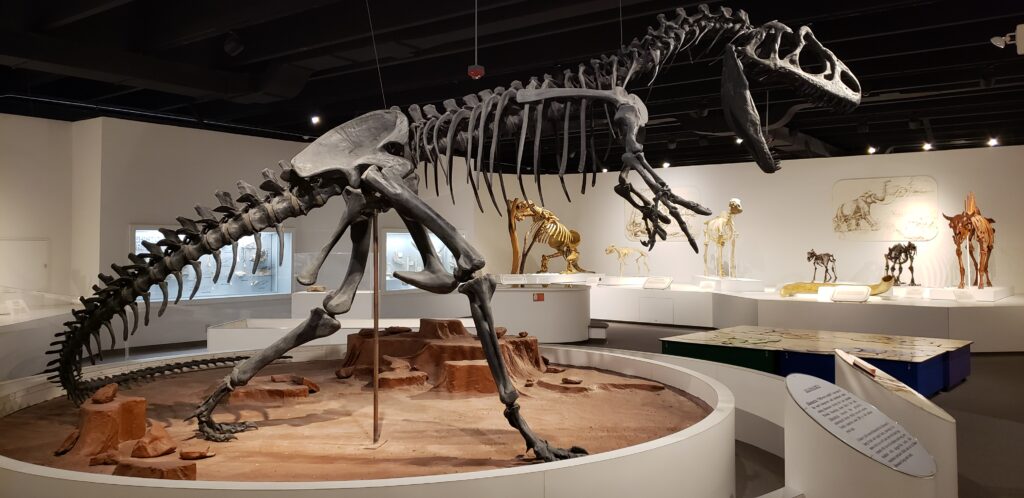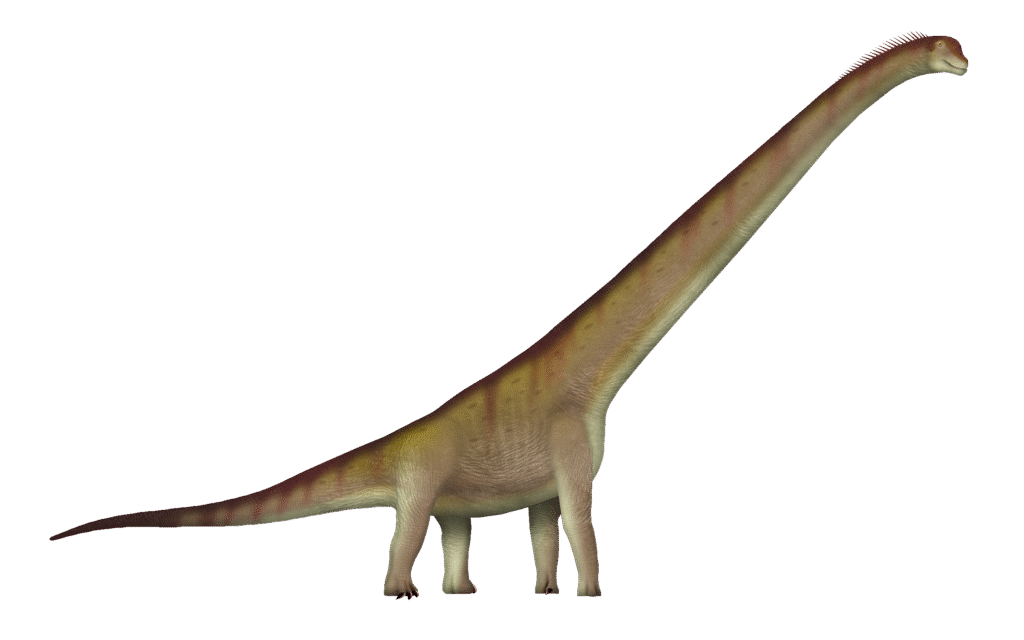For nearly a century, our vision of dinosaurs was dominated by images of lumbering beasts dragging massive tails behind them like prehistoric lizards. This perception shaped everything from scientific illustrations to museum displays and popular culture. However, this once-widely accepted view has undergone a dramatic transformation in recent decades. The story of how scientists came to believe dinosaurs dragged their tails—and how this understanding evolved—offers fascinating insights into the nature of scientific discovery and the challenges of reconstructing ancient life from fragmentary evidence. Let’s explore how this misconception originated, persisted, and was eventually corrected, revolutionizing our understanding of these magnificent creatures.
The Victorian Origins of Tail-Dragging Dinosaurs

The concept of tail-dragging dinosaurs originated in the Victorian era when paleontology was still in its infancy. When Sir Richard Owen coined the term “Dinosauria” in 1842, he and his contemporaries had limited fossil evidence to work with. Early reconstructions were heavily influenced by living reptiles like lizards and crocodiles, which do drag their tails. The first life-sized dinosaur sculptures, created for the Crystal Palace exhibition in 1854 by Benjamin Waterhouse Hawkins (under Owen’s direction), depicted iguanodons and megalosaurs as quadrupedal, tail-dragging creatures. These influential models established a visual template that would persist for generations. Victorian scientists, working within the framework of their time, logically concluded that extinct reptiles would move like living ones, setting the stage for a misconception that would endure for over a century.
Skeletal Misinterpretations and Early Museum Displays

Early museum displays cemented the tail-dragging image in both scientific and public imagination. When mounting dinosaur skeletons, curators and paleontologists often positioned the massive tails resting on the ground, partly for practical reasons—these heavy structures were difficult to support in mid-air without modern materials and techniques. The American Museum of Natural History’s influential Brontosaurus mount from 1905, created under Henry Fairfield Osborn’s direction, featured a sweeping tail that touched the ground. Similar displays appeared in museums worldwide, presenting an authoritative visual statement about dinosaur posture that few questioned. Additionally, early paleontologists misinterpreted certain skeletal features, failing to recognize the flexibility and functionality of dinosaur tails. These misinterpretations became self-reinforcing as each new display followed established conventions rather than reassessing the fundamental assumptions.
The Scientific Reasoning Behind Tail-Dragging
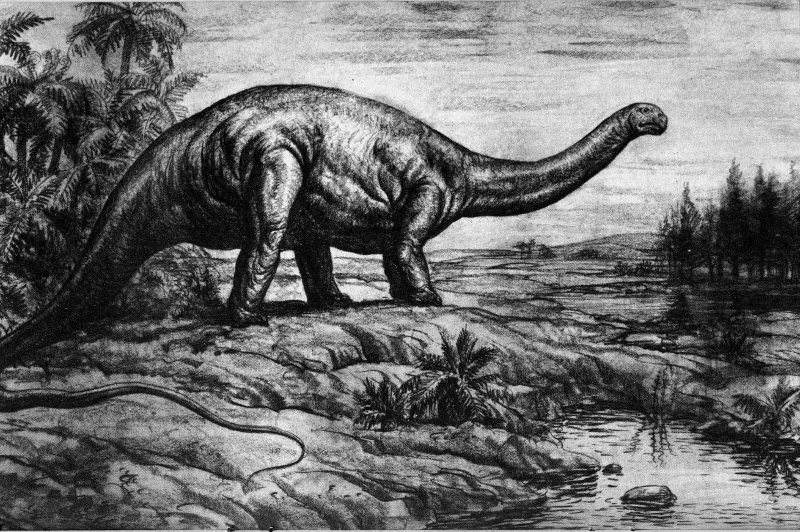
Scientists had several seemingly sound reasons for believing dinosaurs dragged their tails. First, the sheer size and apparent weight of dinosaur tails suggested they would be too cumbersome to hold aloft. Many early paleontologists calculated that the muscles required to support an elevated tail would be unrealistically massive. Second, the comparison with living reptiles provided a convenient analog that seemed scientifically justified—if modern reptiles drag their tails, why wouldn’t their ancient relatives? Third, some dinosaur fossils were found with tail vertebrae that appeared to have wear on their undersides, which was interpreted as evidence of ground contact during life. Finally, the biomechanical understanding of the time suggested that tail-dragging provided necessary counterbalance for the front-heavy design of many dinosaurs. These scientific arguments, though ultimately flawed, formed a coherent and convincing framework that withstood scrutiny for decades.
Cultural Reinforcement Through Popular Media

Popular culture powerfully reinforced the tail-dragging dinosaur image throughout much of the 20th century. From the 1925 film “The Lost World” to countless children’s books, educational materials, and toys, dinosaurs were consistently portrayed dragging their tails. These representations weren’t simply following scientific consensus—they actively strengthened it by creating a feedback loop between popular imagination and scientific illustration. The influential paintings of Charles R. Knight, which adorned museum walls and books for generations, depicted majestic but tail-dragging dinosaurs that captured public imagination. When Walt Disney’s “Fantasia” featured tail-dragging dinosaurs in 1940, it further cemented this image for millions of viewers. This cultural reinforcement made it harder for scientists to challenge the paradigm, as it had become part of how society envisioned dinosaurs. The tail-dragging posture became so ingrained that many people still visualize dinosaurs this way despite decades of scientific correction.
The Role of Fossilized Trackways

Ironically, evidence contradicting the tail-dragging hypothesis had existed since the early 20th century in the form of fossilized trackways. These preserved footprints and trails rarely showed signs of tail drag marks, suggesting that dinosaurs held their tails above the ground while walking. Roland T. Bird discovered remarkable trackways in Texas during the 1930s that showed bipedal and quadrupedal dinosaur trails without tail marks, but the significance wasn’t fully appreciated at the time. When researchers began systematically studying trackways in the 1960s and 1970s, the absence of tail drag marks became increasingly difficult to ignore. Some particularly well-preserved trackways showed only footprints and no tail marks whatsoever, providing compelling evidence that dinosaurs kept their tails elevated. This fossilized behavioral evidence eventually became one of the strongest arguments against the tail-dragging paradigm, though it took decades for its implications to be fully accepted by the scientific community.
The Dinosaur Renaissance and Robert Bakker

The conceptual revolution regarding dinosaur posture gained momentum during the so-called “Dinosaur Renaissance” of the 1960s and 1970s, with paleontologist Robert Bakker leading the charge. Bakker, along with colleagues like John Ostrom, challenged nearly every aspect of traditional dinosaur interpretation, including the tail-dragging posture. In his influential 1975 article “Dinosaur Renaissance” and his 1986 book “The Dinosaur Heresies,” Bakker presented dinosaurs as active, warm-blooded animals with elevated tails used for balance and communication. His dynamic, artistic renderings of dinosaurs with horizontal tails and active postures stood in stark contrast to the sluggish tail-draggers of previous generations. Bakker argued persuasively that dinosaurs were more like birds than reptiles in their physiology and behavior, requiring a complete rethinking of their posture and locomotion. His provocative ideas initially faced resistance but gradually gained acceptance as evidence mounted in their favor. Bakker’s contribution wasn’t just scientific—his charismatic advocacy and distinctive illustrations helped reimagine dinosaurs in both scientific and public consciousness.
Anatomical Evidence: The Tale of the Tail
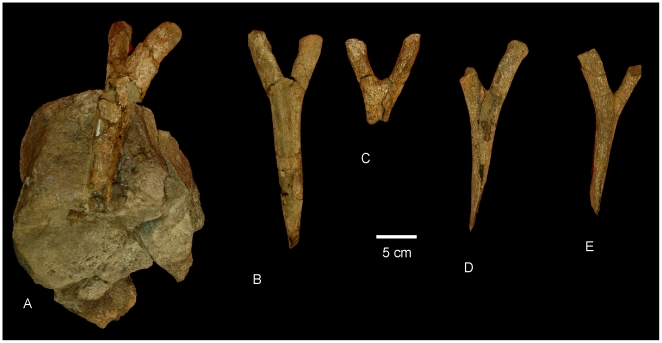
Closer examination of dinosaur tail anatomy revealed structural features incompatible with tail-dragging. Dinosaur tails contained specialized structures called chevrons—V-shaped bones projecting downward from the vertebrae—that would have been damaged or worn if the tail routinely contacted the ground. Additionally, the articulation of tail vertebrae showed considerable flexibility and muscle attachment sites indicating strong musculature capable of holding the tail aloft. The tail vertebrae of many dinosaurs formed a structure better suited for horizontal positioning than dragging. Paleontologists also recognized that the caudofemoralis muscles connecting the tail to the hindlimbs were crucial for locomotion, functioning most effectively with an elevated tail position. Computer modeling of dinosaur biomechanics in the 1990s and 2000s confirmed that tail-dragging would have been energetically inefficient and biomechanically problematic for most dinosaurs. These anatomical insights, combined with fossil evidence, made the tail-dragging hypothesis increasingly untenable from a purely structural perspective.
Evolution of Museum Displays

Museum displays have undergone a remarkable transformation reflecting the scientific shift away from tail-dragging dinosaurs. Beginning in the 1970s and accelerating through the 1990s, museums worldwide remounted their dinosaur skeletons with elevated, horizontal tails. The American Museum of Natural History’s dramatic renovation of its dinosaur halls in the 1990s symbolized this shift, with the same fossils that once stood in tail-dragging poses reimagined in dynamic, tail-elevated postures. These new displays required innovative engineering solutions to support the massive cantilever of horizontal tails without damaging the fragile fossils. Beyond technical challenges, museums faced the task of educating visitors about why scientific understanding had changed so dramatically. Many institutions created exhibits specifically addressing the evolution of dinosaur interpretation, using the tail-dragging story to illustrate how science progresses. This physical transformation of museum spaces represents one of the most visible manifestations of the paradigm shift in dinosaur paleontology, serving as both scientific communication and cultural reorientation.
The Balance Hypothesis: Function Over Form
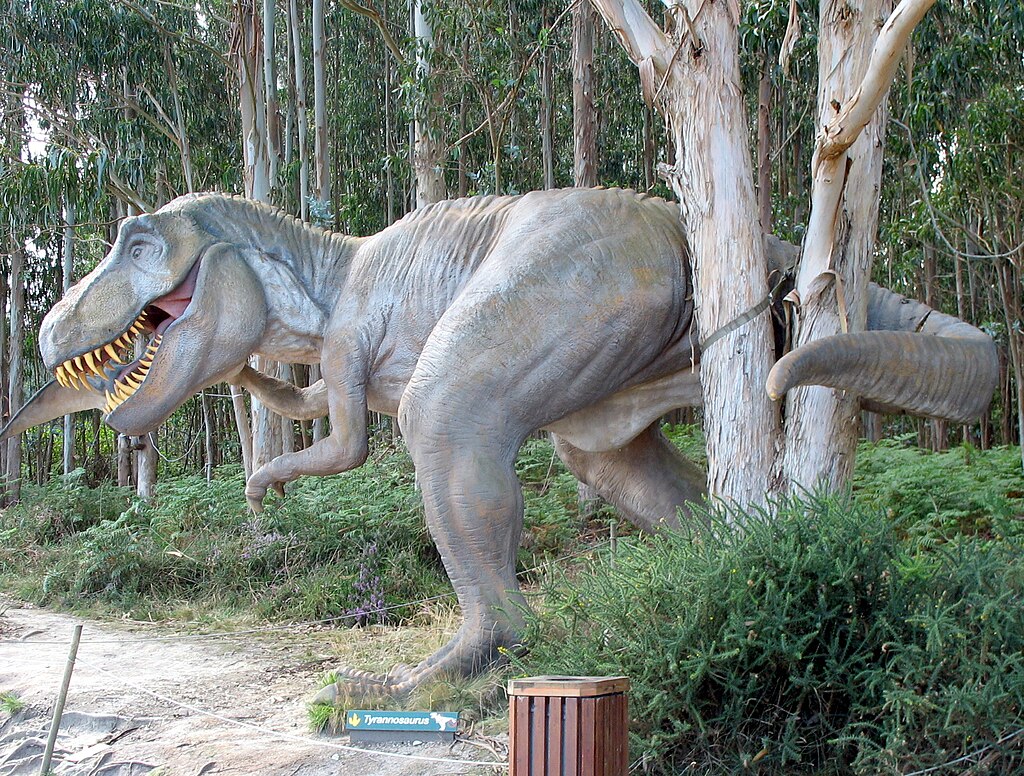
Modern understanding recognizes that dinosaur tails served crucial functions that required elevation above the ground. For bipedal dinosaurs like Tyrannosaurus and Velociraptor, the tail acted as a dynamic counterbalance to the head and body, enabling agile movement and quick direction changes. The tail essentially functioned as a counterweight, with muscles actively adjusting its position to maintain balance during running and turning. For quadrupedal dinosaurs like Diplodocus, the long tail likely served both as a counterbalance to the neck and as a defensive weapon. Some dinosaurs, particularly stegosaurs and ankylosaurs, evolved specialized tail weapons that required precise control and positioning. Computer simulations have demonstrated that tail-dragging would have severely compromised these functions, increasing energy expenditure and reducing maneuverability. The balance hypothesis provides a functional explanation for elevated tails that aligns with both the anatomical evidence and the trackway record. This functional understanding has replaced the simplistic view of tails as passive appendages being dragged behind the animal.
From Cold-Blooded Lizards to Dynamic Predators

The shift away from tail-dragging coincided with a broader reconceptualization of dinosaurs as active, dynamic creatures rather than cold-blooded, reptilian plodders. Evidence for higher metabolic rates, sophisticated social behaviors, and rapid growth patterns all painted a picture of dinosaurs that was fundamentally incompatible with the lethargic, tail-dragging image. The discovery of feathered dinosaurs beginning in the 1990s further reinforced their connection to birds rather than modern reptiles. With this evolutionary relationship clarified, the biomechanics of birds became more relevant to understanding dinosaur posture than those of lizards or crocodiles. High-activity lifestyles would have required efficient locomotion that tail-dragging would have impeded. Modern biomechanical studies suggest that many predatory dinosaurs were capable of surprising speed and agility, which would have been impossible with a dragging tail creating friction and requiring additional energy expenditure. The energetic, tail-elevated dinosaur became emblematic of a complete paradigm shift in how we understand these animals’ biology, ecology, and evolutionary significance.
Residual Evidence: When Tails Did Touch Ground
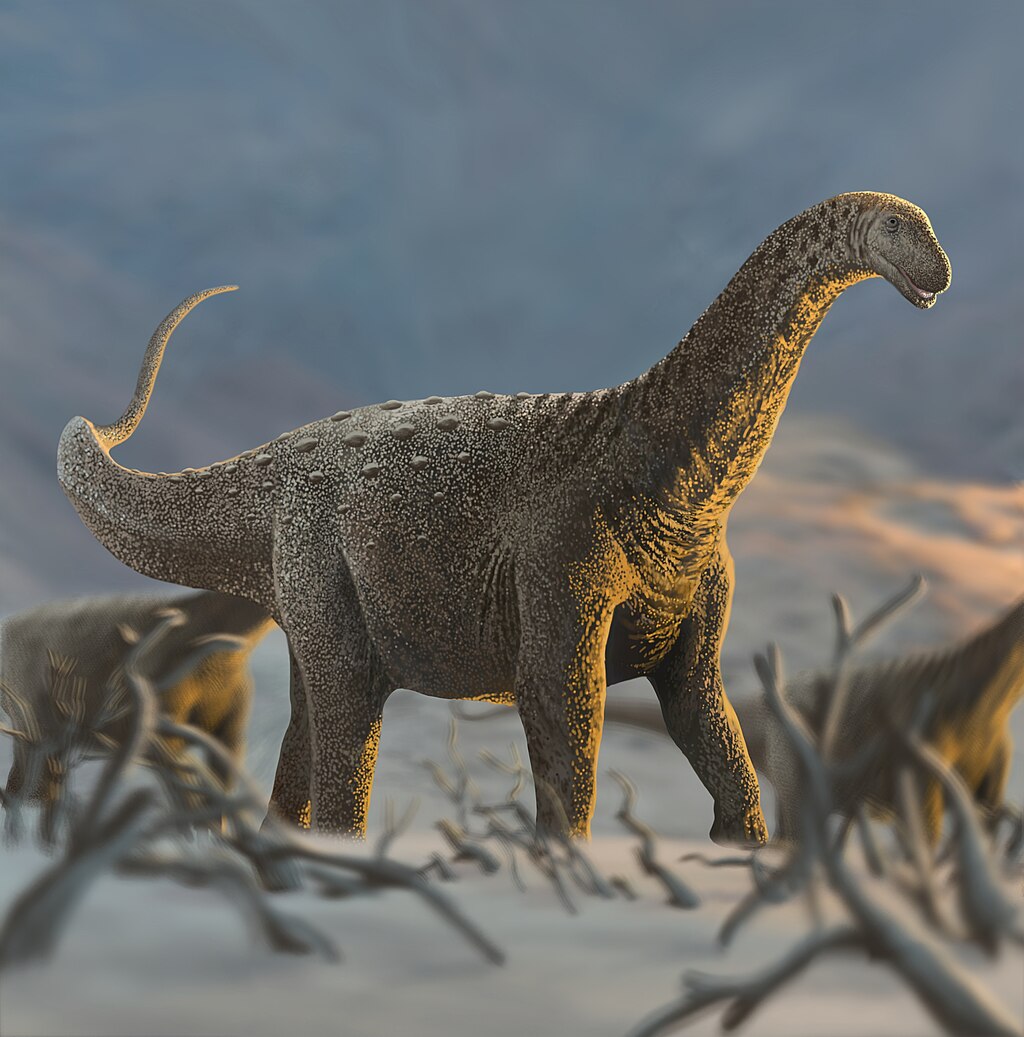
Despite the paradigm shift toward elevated tails, paleontologists recognize that tail contact with the ground did occur in specific circumstances. Some fossilized trackways do show intermittent tail marks, suggesting that certain dinosaurs occasionally lowered their tails, perhaps when resting, feeding, or in particular locomotor contexts. Certain dinosaur species might have had unique tail postures based on their specific anatomy and lifestyle. Some researchers hypothesize that very large sauropods might have rested their massive tails on the ground when stationary, though they likely elevated them when walking. Fossil evidence also suggests that some dinosaurs used their tails for additional support when assuming a tripodal stance to reach higher vegetation. The modern view acknowledges this complexity and variability rather than assuming a universal posture across all dinosaur species. This nuanced understanding represents scientific maturation beyond both the original tail-dragging paradigm and the initial overcorrection that might have denied any ground contact whatsoever.
Lessons in Scientific Change and Paleontological Reconstruction
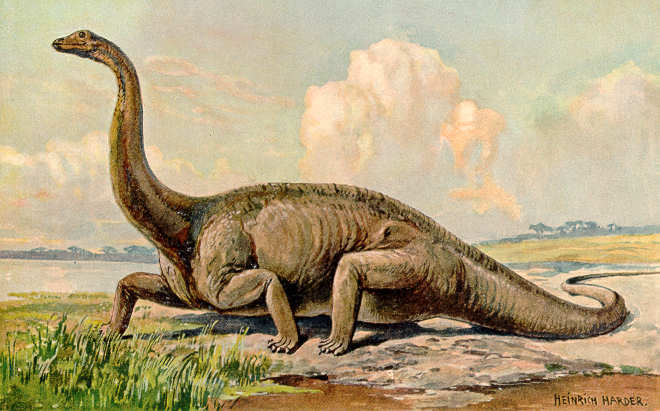
The tail-dragging dinosaur story offers valuable insights into how scientific understanding evolves. It demonstrates how initial assumptions, once established, can persist despite contrary evidence until a critical mass of new data forces reconsideration. The shift illustrates the danger of reasoning by analogy from modern animals without considering the unique adaptations of extinct organisms. It also highlights the complex interplay between scientific knowledge and public perception, where museum displays and popular media can both reflect and influence scientific consensus. For paleontologists specifically, this case study emphasizes the importance of integrating multiple lines of evidence—anatomical details, trackways, biomechanical principles, and evolutionary relationships—when reconstructing extinct animals. Perhaps most importantly, it serves as a reminder of scientific humility: today’s certain knowledge may be tomorrow’s outdated misconception. Modern paleontologists approach reconstruction with greater caution, more sophisticated tools, and an awareness that our understanding continues to evolve as new evidence emerges and analytical techniques improve.
The transformation from tail-dragging behemoths to dynamic, tail-lifted dinosaurs represents one of the most significant shifts in paleontological understanding during the 20th century. This journey from Victorian-era misconceptions to modern scientific understanding illuminates not just how dinosaurs actually moved, but how science itself progresses. The persistence of the tail-dragging image for nearly a century despite contrary evidence demonstrates the power of established paradigms and the challenge of overturning them. Today, our vision of dinosaurs with elevated, functional tails reflects a more accurate understanding of these extraordinary animals based on multiple converging lines of evidence. Yet this story reminds us that scientific knowledge is always provisional, subject to revision as new evidence emerges and analytical techniques improve. The next time you see a dinosaur reconstruction—tail held high as the animal moves with purpose and dynamism—remember that this image represents not just an ancient animal, but the triumph of scientific inquiry over entrenched ideas.

